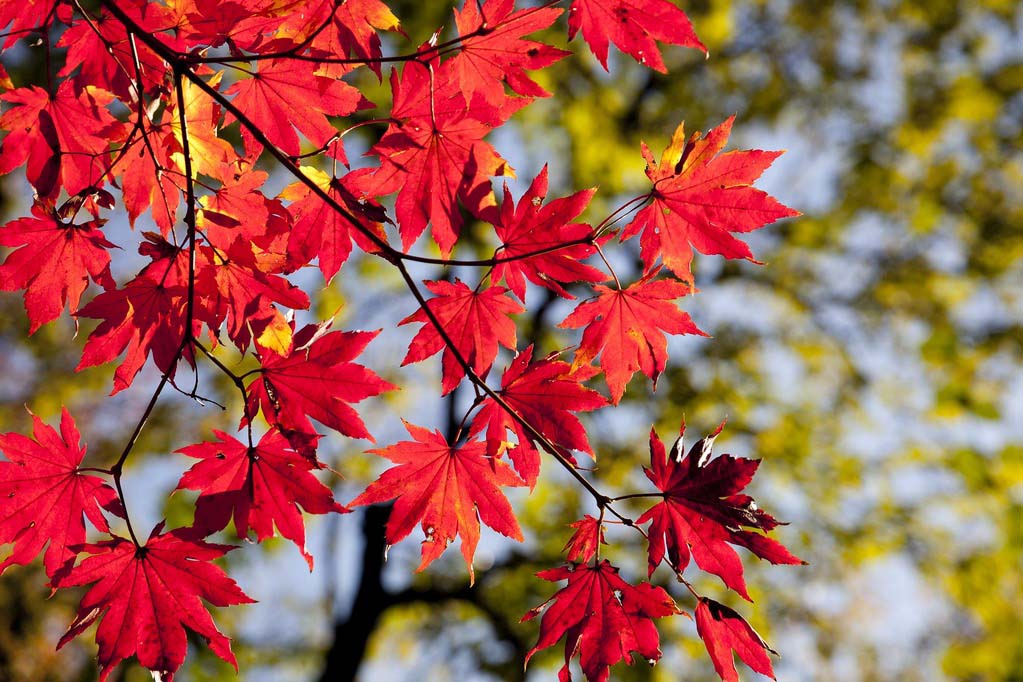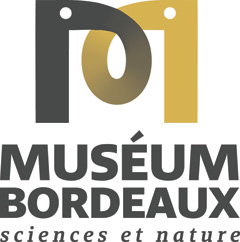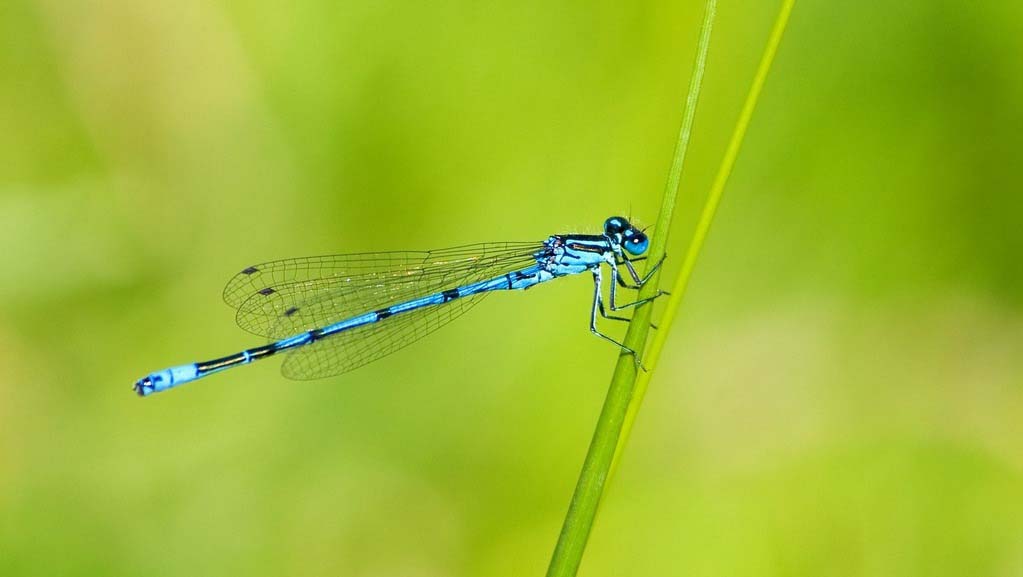Primary from Year 2 to Year 6
Although it's something we tend to take for granted, the world around us is absolutely saturated in colour. Colours are everywhere, constantly evoking sensations and supplying information.
‘All cats are grey in the dark.’ This proverb seems to state the obvious, that when there is no light, there is no colour. While this fact may be self-evident, it deserves a little scientific inquiry. In fact, how do humans perceive colours? Can appearances be deceptive? Do we know if animals perceive colour the same way humans do?
Colours are perceived by the brain which synthesises information supplied by three types of cell in the retina, selectively sensitive to light of different wavelengths and degrees of luminous intensity. A colour is perceived by receiving the light of a single wavelength or, more often, a combination of several wavelengths.
The children will then explore the colour diversity of animal, plant and mineral species using a wide range of specimens from the museum collections. They will learn about the origins of these colours and discuss the roles they might play in species.
Why do leaves change colour in autumn? Why are flamingos pink? Is the black panther totally black? Why does our skin change colour in the sun? Why is the red colour of the cherry useful for the tree species? What advantage does its bright colour give the ladybird? Does the chameleon change colour when it is scared? What role does the red spot on the European herring gull’s beak play?
The many museum specimens presented during the workshop will show participants what a kaleidoscopic world we live in!
Workshop aims:
- Describe and know some physical characteristics of light
- Understand how animals perceive colours
- Discover the roles different colours can play in biodiversity
- Observe and learn by handling real specimens
- Extract key information from a document
During the workshop, the facilitator will present a selection from the Museum of Bordeaux collections (stuffed specimens, shells, minerals and such). Participants will also be introduced to learning resources specially devised for the workshop.
To book a workshop of The Museum comes to you and on all administrative matters, the secretariat is listening to you.
By phone: 05 24 57 65 30
By e-mail: museum@mairie-bordeaux.fr





